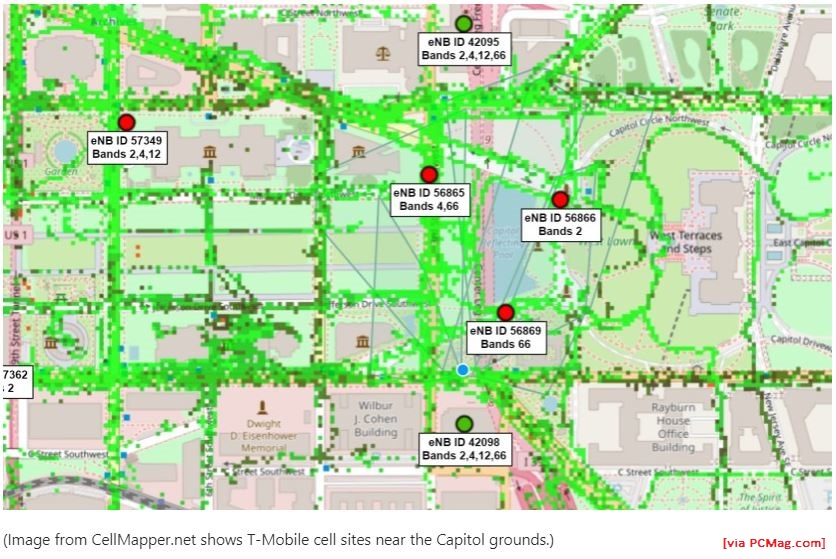Mapping the Scenes of the Crimes
[NB: check the byline, thanks. /~Rayne]
Ahead of the House January 6 Committee’s public hearing Day 6, former FBI agent AshaRangappa published a simple graphic chart depicting many facets of the January 6 coup attempt:
UPDATED COUP CHART with additions (including some special requests). Use it to follow along in the hearings. Once everything and everyone on this chart gets mentioned, you win bingo pic.twitter.com/vof2kcXQaR
— Asha Rangappa (@AshaRangappa_) July 11, 2022
At a glance it depicts many of the major elements leading up to the attack on the Capitol Building.
But the breadth of the conspiracies as well as the chronology don’t appear in this simple chart. Nor does this chart allow for discovery of links to other new subordinate conspiracies and other previously unidentified co-conspirators.
Long-time emptywheel community member harpie has been doggedly compiling data points for a comprehensive timeline. A key challenge with a chronological list is that context and relationships can be obscured, especially when events happen simultaneously, or when events happen which don’t appear related and may have substantial gaps in time between them.
harpie recently shared links to two maps which provide additional context to relationships between and around co-conspirators. This one is a network map by @ValdisKrebs:
Network map of documented conversations about overturning 2020 election, after #January6thHearing #7. New people and connections will be revealed tonight… #Jan6thHearings #January6thHearings pic.twitter.com/9BBVy3u8B4
— Valdis Krebs 🌻 (@ValdisKrebs) July 21, 2022
The acknowledged challenge is that not every node on this map is a co-conspirator; some may be related through the investigation as their name or testimony was mentioned. Not a difficult fix but one that demonstrates context important to grasping the conspiracy’s reach and impact.
Note where some persons end up on the network — like Brad Parscale, as one example.
Via @RYP_, harpie also shared a link to Wendy Siegelman’s map of network connections for Steve Bannon:
New Tao of Steve chart from @WendySiegelman https://t.co/f6G92grnO3
— Robert Young Pelton (@RYP__) July 22, 2022
There are connections on this map which may have nothing to do with January 6, others which may be related but as yet don’t clearly connect, and an element of time but not a linear chronology which aligns with a timeline of January 6 events. The possibly related content and possibly related timing need to be surfaced in a different form of map.
MSNBC’s Ari Melber used a timeline to map the different conspiracies as layers:
Legally, viewing January 6th in isolation can obscure the wider, indictable conspiracy — several
long-term plots to overthrow the election.Our new Special Report:
Part 1: https://t.co/oBrMSMvi8Y
Part 2: https://t.co/DeW1KQyibn pic.twitter.com/vr2lPRuExy
— Ari Melber (@AriMelber) July 30, 2022
A benefit to this depiction: a halted subordinate conspiracy is easy to compare against the overarching conspiracy and the other conspiracies attempted.
But conspirators and their relationships and how the different conspiracies interleaved is missing from this approach.
~ ~ ~
As this site’s Timeline Collection shows, emptywheel has long used timelines to map the course of crimes and investigations. They’ve been successful at depicting the development of conspiracy and their unfolding as investigations dug in.
The January 6 insurrection is far more complex to depict in comparison due to the number of perps and the number of conspiracies. How should a series of interrelated conspiracies with more than 1000 perps involving multiple states and at least two branches of federal government be mapped to make the whole accessible and comprehensible, in a way which encourages hidden relationships and obstructive measures to surface?
Other organizations have published timelines of January 6 as well — @capitolhunters’ collection and JustSecurity’s DOD response timeline offer examples — but while thorough in their own way, they’re both flattened representations limited in the first by format and the second by format and field of focus.
We’ll be working on a map based on a timeline of events, but how best to structure and achieve this is still in the air, especially since the underlying data points will change as the investigations into January 6 continue their course. An optimum solution will allow conspirators’ relationships to be self evident, show links between key persons and other subordinate/parallel conspiracies, the chronological course of events, and encourage deeper analysis with flexibility in presentation.
Ideally, a map which effectively depicts the crimes leading up to and committed on January 6 and beyond, will also answer questions for which we don’t yet have answers.
Will we learn from such a map why some GOP members of Congress asked for pardons even though they don’t (yet) have obvious ties to the insurrectionists’ attack on the Capitol Building back on January 6, 2021?
Could the identity of the person who placed two IEDs outside the DNC and the Capital Hill Club adjacent to the RNC’s offices become more clear with the crimes’ context more fully mapped?


![[image (mod): LeAnn E. Crowe via Flickr]](https://www.emptywheel.net/wp-content/uploads/2016/03/FlintWaterCrisis_logo-201x300.jpg)
![[photo: macwagen via Flickr]](https://www.emptywheel.net/wp-content/uploads/2015/09/VWBug_macwagen-Flickr.jpg)